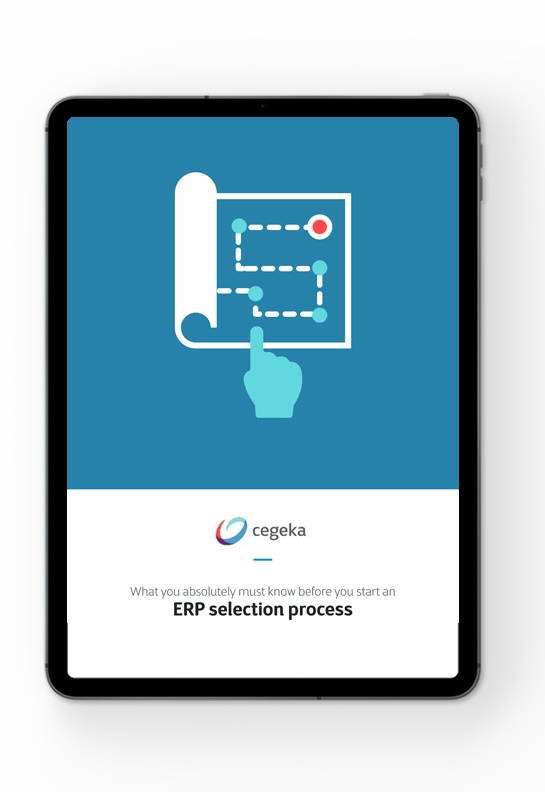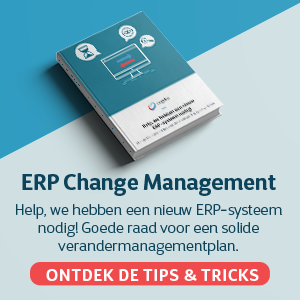Implementing an ERP system is a major and inevitably risky undertaking. We have all heard of or experienced projects that have taken much longer than planned, with budgets going off the rails, expectations not being met and even serious disruption to business. Understandably, because of these risks, a lot of companies are hesitant about switching to a new ERP system. However, there are many things that can help you avoid the pitfalls.
Set realistic goals
A new ERP solution will not eliminate bottlenecks straight away. Two previously completely different companies will not suddenly behave as one because you have introduced a new system. However, an ERP can be the foundation and catalyst for operating more efficiently, improving cooperation and communicating more effectively with both your staff and customers. Ideally, you should set these goals over a fixed period of time. What is your primary goal? And what goals would you like to meet in a continuous improvement process when your new platform is up and running?
Define a manageable scope
The higher you jump, the greater the risk. After all, a bigger scope of operation means that more departments and processes are involved. As a result, there will be a longer turnaround time and more risk factors. That is why you should try to keep your initial scope as limited as possible. Once your new platform is up and running, you will find that people within your organization will become far more receptive to thinking about further optimization.
Make sure your employees are available
The most important success factor for any implementation is also its greatest risk: the composition of your ERP team and, of course, the daily schedules of team members. Perhaps you haven’t actually cleared their schedules or given them sufficient time to provide their input, test the results or train end users. If so, you have created additional risks. In summary: do not launch an ERP project until your team is fully available.
Use a sound and proven methodology
The methodology you decide to use should be aimed at making the ERP processes more manageable, predictable and transparent. So make sure you have taken enough time for this before the project takes off. Are all staff roles and responsibilities clear? How are you managing change? How soon can you provide feedback on the design for the new system? And how strictly is progress being measured and reported?
Pay proper attention to change management
Above all, an ERP project is a project for change. Paying attention to the ‘change’ aspect is a vital factor for success. Your ERP team will only stay on board if you communicate regularly during the project about all the planned changes, intended improvements and their importance for the future of the organization. This will be particularly important during and after you have implemented the project: after all, it will be these key staff who are going to be training their co-workers and inspiring them to adopt the new way of working, so it is essential that they themselves are inspired.
Conclusion
Implementing an ERP system in your company will inevitably involve a number of risks, but for the chief information officer, there are several ways to combat these. It all starts with careful preparation and a thorough vetting of your ERP partner.
-
Discover how Cegeka is supporting other businesses with ERP solutions.
-
Do you want to prepare in a structured way? Find out all about the success factors, risks, criteria and pitfalls of ERP projects in our free e-book, “the ERP Selection Process”.



